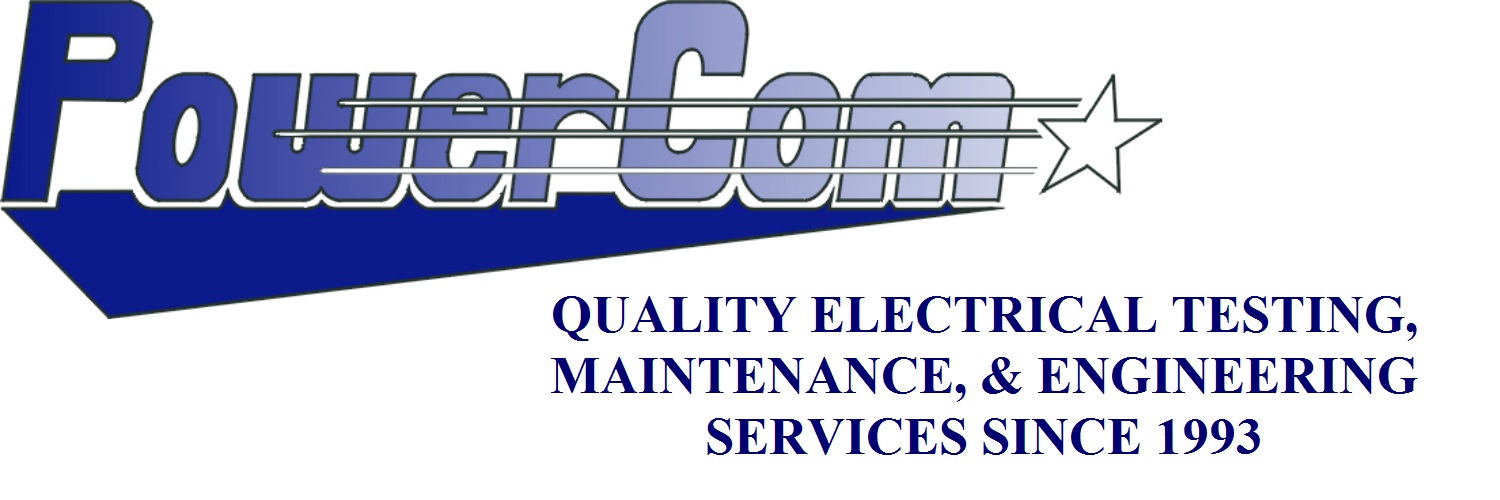Company News
Transformer Testing And Maintenance
/13.2KV cable fault and oil leak found during transformer testing and maintenance.
This was the first time the transformer was serviced and tested in the past 12 years.
We were able to replace the damaged cable and insulating barrier.
The leak was caused by a cracked bushing. The customer has a scheduled shutdown planned for us to replace the damaged bushing and refill the transformer with oil.
These problems could have been found sooner (and possible avoided) with a routine maintenance and testing program.
What Are Electrical Infrared Inspections And Why Are They Important?
/Electrical infrared inspections find hot spots caused by defects in connections and components. Increased resistance and heat are the primary reasons most electrical components fail. Infrared cameras detect this heat. Infrared scanning is used to inspect electrical equipment because excess heat is usually the first sign of trouble. Loose connections, imbalanced and/or overloaded circuits, defective breakers, damaged switches, faulty fuses, and material defects all lead to equipment failure and these are detectable by an infrared inspection.
Electrical infrared inspections are typically conducted on an annual basis as part of a regular preventive maintenance program. The infrared electrical testing allows for inspection of a large amount of electrical equipment in a short time as opposed to the alternative method of physically inspecting and tightening electrical components. The electrical infrared inspection locates faulty electrical items not generally found during a physical inspection.
Electrical infrared inspections locate problems before they lead to an unscheduled outage, equipment damage or a fire. Today’s facilities engineers are avoiding costly expenses every year with infrared electrical surveys. An infrared inspection or survey can substantially improve profitability and reduce your operating, testing and maintenance costs by offering the following benefits:
• Quickly pinpoints electrical systems problems
• Reduces downtime and electrical equipment damage
• Prevents catastrophic and costly system failures
• Allows engineers and facility managers to establish repair priorities
• Drastically improves preventive maintenance efficiency
• Can be tested under load to avoid costly system shutdowns
And because infrared thermography testing is non-contact and nondestructive testing (NDT), there is no need to interrupt system production. Our experienced Electrical Engineers are fully trained Level II Thermographers, and are able to inspect your electrical equipment under normal loads and operating conditions. By performing an infrared inspection of your electrical system in real time, our electrical infrared inspections can help you understand the practical impacts of emerging or existing electrical component problems.




